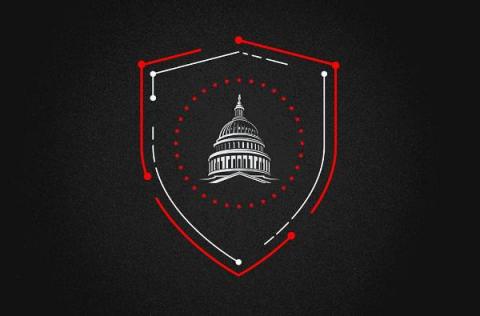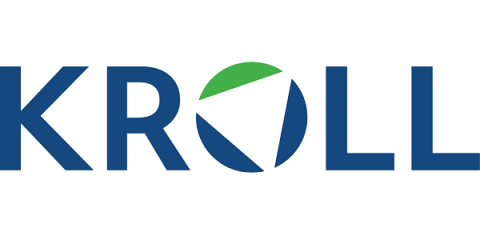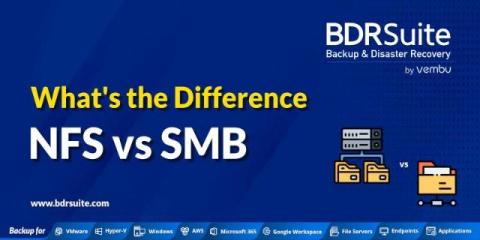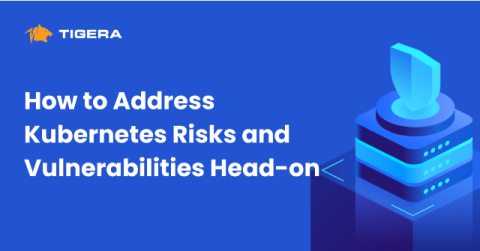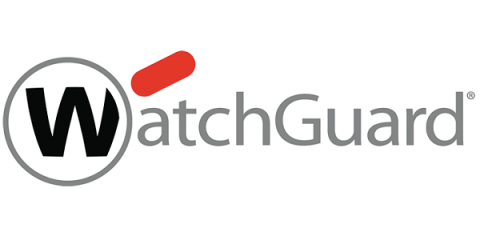Achieving Ecosystem-level Cybersecurity: A U.S. Policy Perspective
In today’s era of technological innovation, devices, networks and data are interconnected in a vast digital ecosystem. What organizations build in this ecosystem can affect others in it — for better or worse. We are at an inflection point when it comes to systemic challenges to the resiliency of our digital ecosystem and public policy solutions needed to address them.


